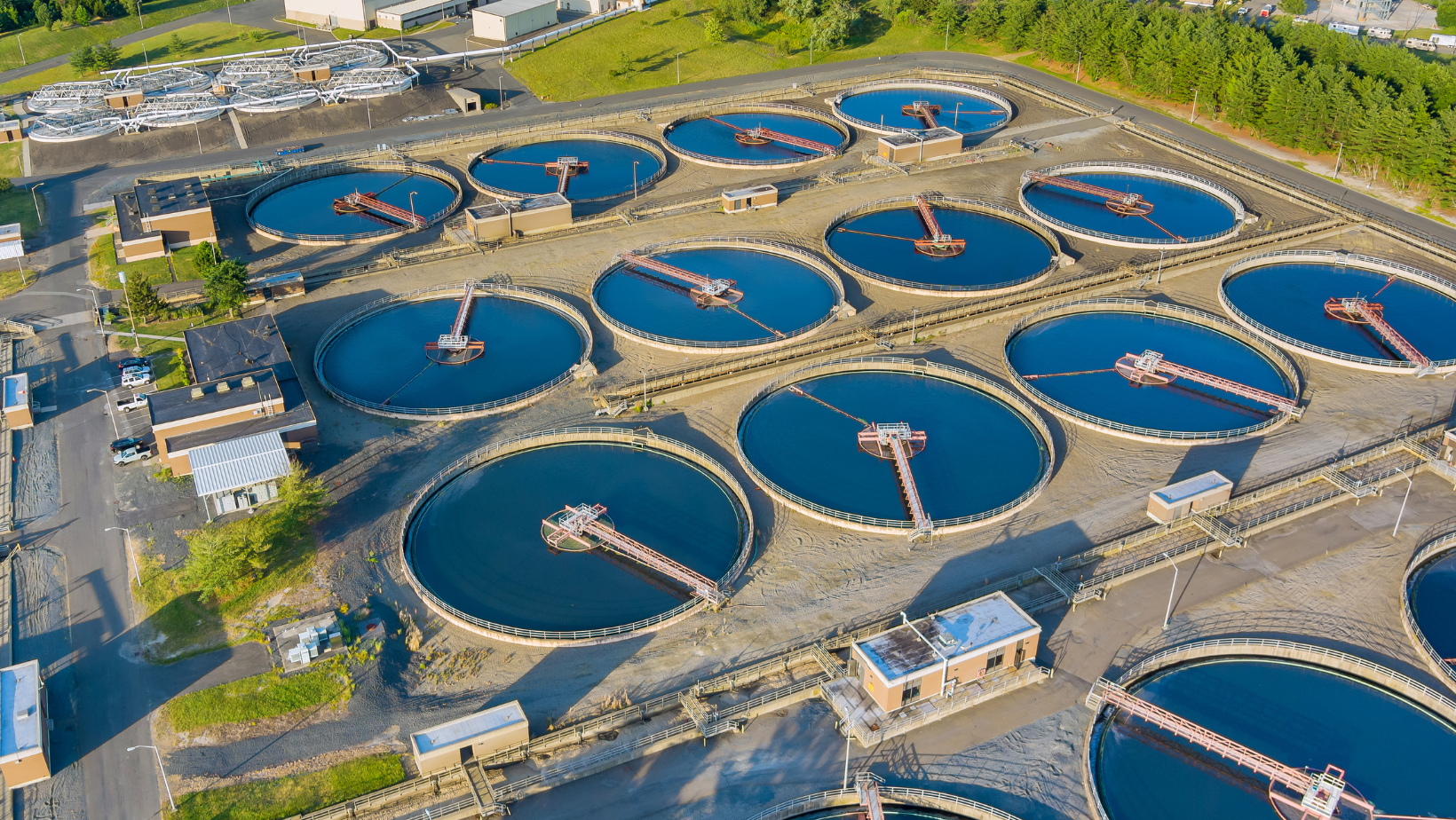
Flue Gas Desulfurization Wastewater Solutions
The rules of the game changed when the 2024 Steam Electric Power Effluent Limitations Guidelines (ELG) ruling, which establishes stricter federal wastewater discharge limits for coal-fired power plants, formally took effect.
The rule tightens the limits on toxic metals and other pollutants discharged by these power plants into waterbodies. Today’s membrane technology offers a solution to the problem, which is exactly where PBI hollow-fiber membranes shine: extracting hazardous metallic pollutants and bringing water quality to safe levels.
Why the Regulatory Moment Demands Innovation
The 2024 ELG final rule tightens effluent limits on three major waste streams: Flue Gas Desulfurization (FGD) effluent, bottom ash transport water, and combustion residual leachate. Legacy impoundment waters are also swept into the mix. The EPA projects more than 660 million pounds of pollutant reductions across the coal sector with the implementation of the ruling.
PBI: The Polymer That Withstands Acid and Heat
Not all membrane fabrication materials are the same. Celazole® PBI is uniquely suited to withstand conditions that degrade most polymers, offering resistance to hydrolysis, acid attack, oxidants, and thermal stress.
In FGD environments, PBI’s surface charge helps suppress gypsum scaling in acidic, sulfate-rich environments.
When spun into hollow fiber membranes (HFM’s), PBI’s asymmetric membrane porosity and the architectural advantages of the HFM form factor – including the absence of spacers to foul or block flow, very high membrane packing density, and the system’s self-supporting module structure – combine into an efficient system with high flux and a compact footprint.
Bench Data That Builds Confidence
In lab and pilot tests, PBI hollow fibers demonstrate performance suitable for real-world use. Two-stage system modeling (including recycle loops) indicates that PBI hollow fibers can lower selenium levels in the permeate to approximately 0.8 ppb while still recovering significant amounts of water.
The high packing density helps mitigate osmotic stress with a manageable module area.
These findings are promising and suggest a feasible approach for field deployment. Here’s what we found most exciting:
- Salt rejection routinely exceeds 95% in NaCl and mixed salts even under aggressive feed conditions.
- Flux stability holds under TDS exceeding 20,000 ppm at 580 psi.
- In sulfate and mixed-salt systems (e.g. Na₂SO₄, MgSO₄), membranes maintain integrity and performance.
Why PBI Makes the Difference
Choosing PBI is a commitment to durability, predictability, and longevity. When membranes survive where others fail, you get fewer shutdowns, fewer replacements, lighter chemical burden, and steadier performance.
Imagine recovering 60–80% of your FGD blowdown as usable water rather than discarding it. The impact on freshwater intake, operational costs, and environmental profile is significant. As ecological standards continue to grow more demanding, having a robust membrane train becomes non-negotiable.
In a world striving for zero liquid discharge (ZLD), PBI membranes serve as a key tool, expanding pretreatment capabilities, reducing thermal loads, and facilitating easier downstream crystallization or evaporation.
Stretching Beyond Power Plants
Although FGD wastewater is the primary use case for wastewater treatment, PBI hollow fibers are applicable in other places where conventional membranes struggle, including mining brines, industrial effluents, desalination side streams, and leachates.
In any environment affected by high salt levels, harsh chemistry, or scaling risk, PBI may offer a solution.
Need Professional Help?
Regulation is changing how power plants handle wastewater. The 2024 ELG rules require more than patchwork fixes; they need reinvention.
PBI Performance supplies polybenzimidazole (PBI) in solution form as a critical material for fabricating advanced hollow fiber membranes. With its inherent thermal stability, chemical resistance, and mechanical robustness, PBI solution enables the development of membranes capable of withstanding the aggressive conditions encountered in wastewater treatment.
While we do not produce finished membranes, we can facilitate connections with companies that do, or our PBI solution can provide membrane manufacturers with a high-performance polymer platform to engineer durable, selective hollow fibers for efficient and reliable treatment processes.
The question isn’t whether compliance is possible; it’s whether you’ll seize the chance to address FGD blowdown in a new, cost-effective, and quality manner that reduces freshwater demand and strengthens your environmental standing.
Connect with us to see how PBI can future-proof your plant. Product samples available!







